By Jim Tanoos, with pictures and activities from annual study abroad visits to Munich, Prague, Hamburg, and Rotterdam by students from Purdue University in Indiana, USA
Before you begin this article, consider reading part one through three of Jims journey through Central Europe. He begins in Munich, Germany heads to Prague, Czech Republic then to Hamburg, Germany.
STOP 4 OF 4: ROTTERDAM, NETHERLANDS
Train from Hamburg to Rotterdam (499km): €24
One-day public transportation pass x 2 days: €19
Windmills of Kinderdyk: €7
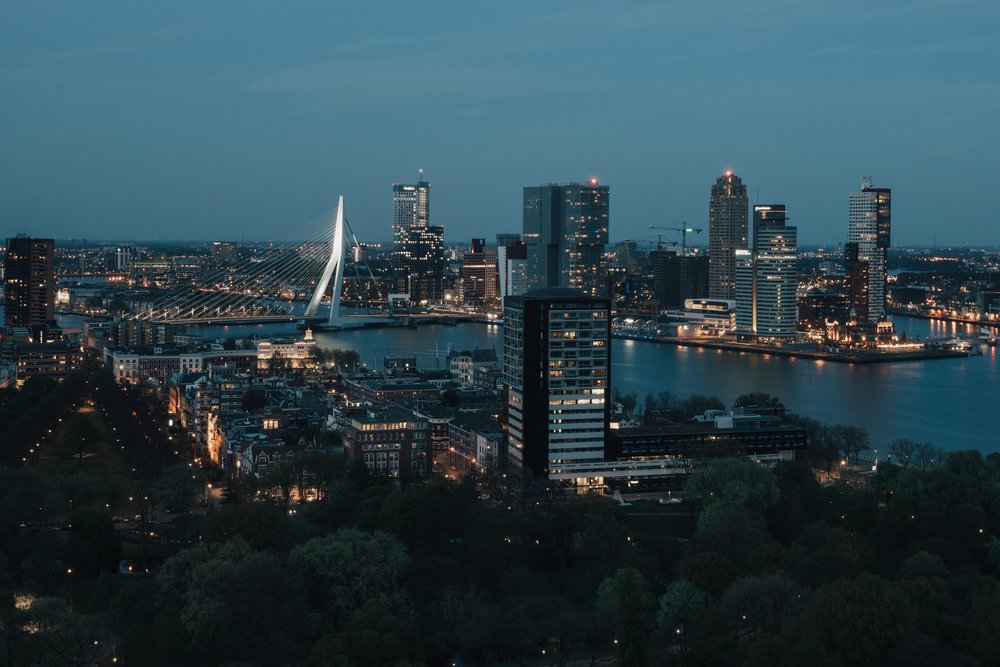
Rotterdam is a progressive, multicultural city whose mayor is the first in the country to be an immigrant (a Muslim, no less). New Economy (2016) noted that “Rotterdam has embraced innovation and experimental programs in order to develop into one of the world’s most sustainable cities.” It has been chosen as the host of the 2025 World Expo, an international conference that addresses major global issues.
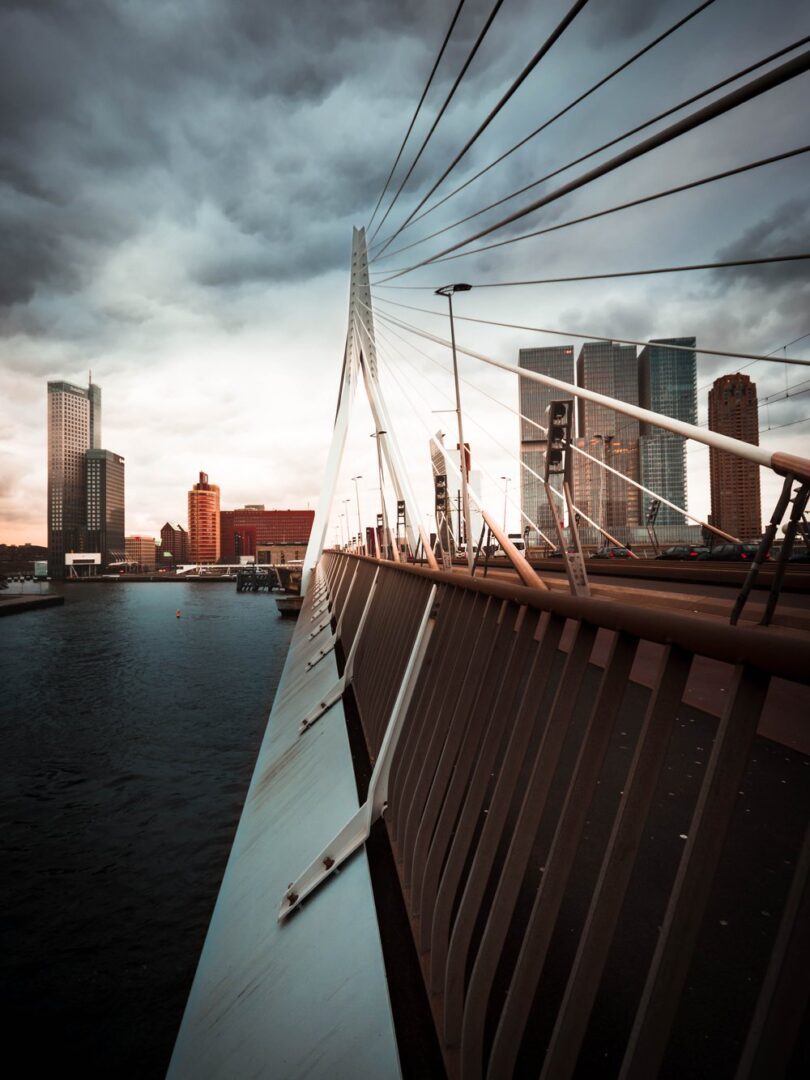
In the past generation visitors have been “drawn to the city because of its new smooth-running transportation networks” (Rotterdam Marketing, 2016). The New York Times (2014) included Rotterdam as a top global “Place to Go”, Lonely Planet (2016) named it one of the world’s top 10 cities, and The Independent (2019) listed it among the best European cities to visit.
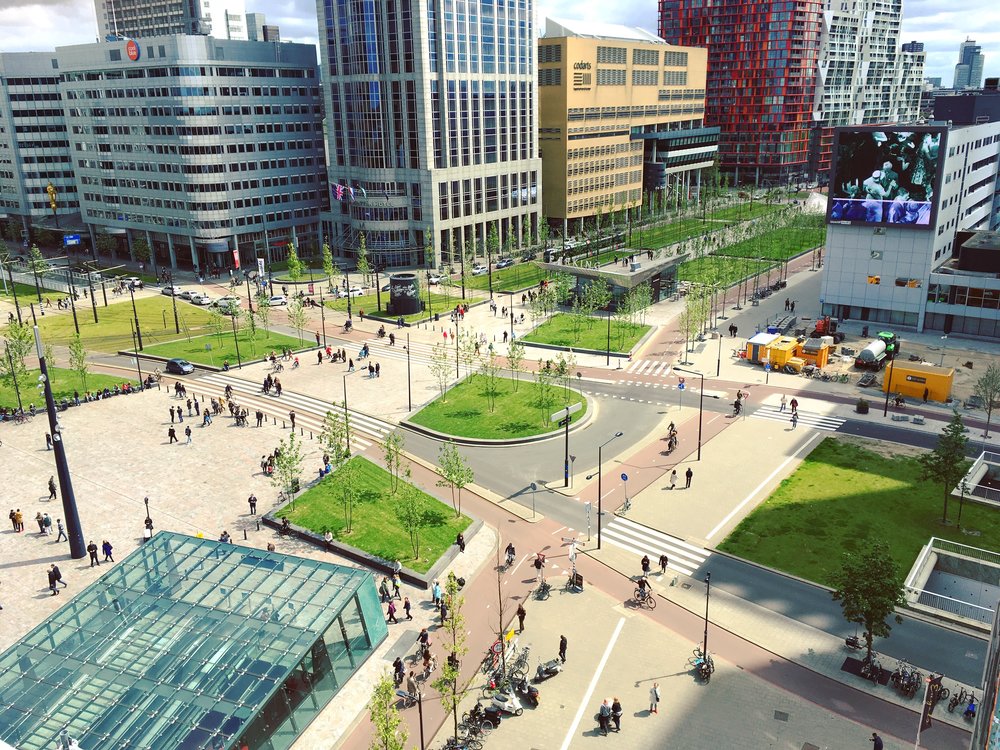
It is quickly becoming a hot tourist destination, with overnight stays in hotels going up by double-digit percentages in recent years (Economische Verkenning Rotterdam, 2016). There are different apps that work nicely for the subway systems of various European cities, and below is an example of one that helps facilitate the efficient, understandable help with using public transportation in Rotterdam.


Rotterdam’s modern architectural look exists only because local leaders decided to rebuild in modern style after the Rotterdam Blitz and a prime example is the Markthal (Market Hall, see photo below), a public venue built in 2014 that has been labeled the food mecca of the Netherlands. It contains 96 restaurants and 228 apartments. The windows are square holes in the roof as shown in the picture below. Because Rotterdam’s City Center was rebuilt with mostly office buildings after World War II, there tended to be a problem for businesses after the close of the workday due to the lack of activity. Since the 1980s, new venues have been built with apartments and residential accommodations in mind. Take the Metro on either the green A-line, the red C-line, or the yellow B-line and get off at the Blaak station.

SEE THE FAMOUS CUBE HOUSES
The famous cube houses (seen below) have a typically modern-Rotterdam architecture. Take the Metro on either the green A-line, the red C-line, or the yellow B-line and get off at the Blaak station.
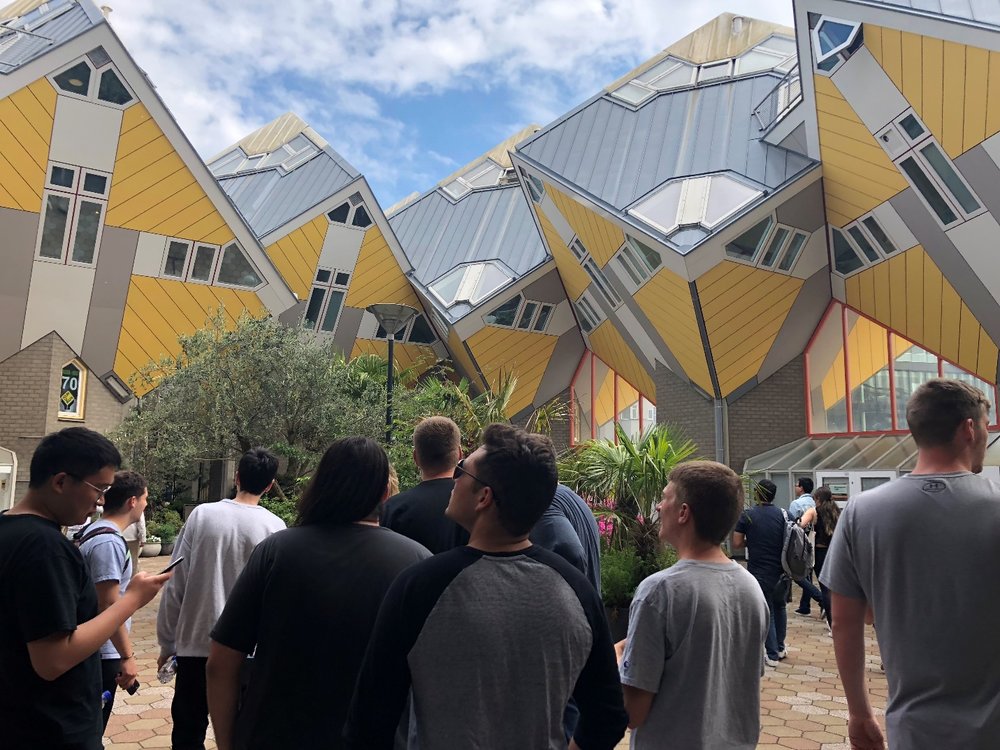
VISIT THE ONLY ORIGINAL MEDIEVAL BUILDING LEFT IN THE CITY
The Church of St. Lawrence is the only medieval building left in Rotterdam because it was intentionally left intact by the Germans during the Rotterdam Blitz as an aerial landmark. The photo below shows the students near the statue of sixteenth-century philosopher Desiderius Erasmus, who is widely considered to be the Dutch George Washington. He lived a block away from the Church of Lawrence and was born during the initial construction phase of the church. Take the Metro on either the green A-line, the red C-line, or the yellow B-line and get off at the Blaak station.
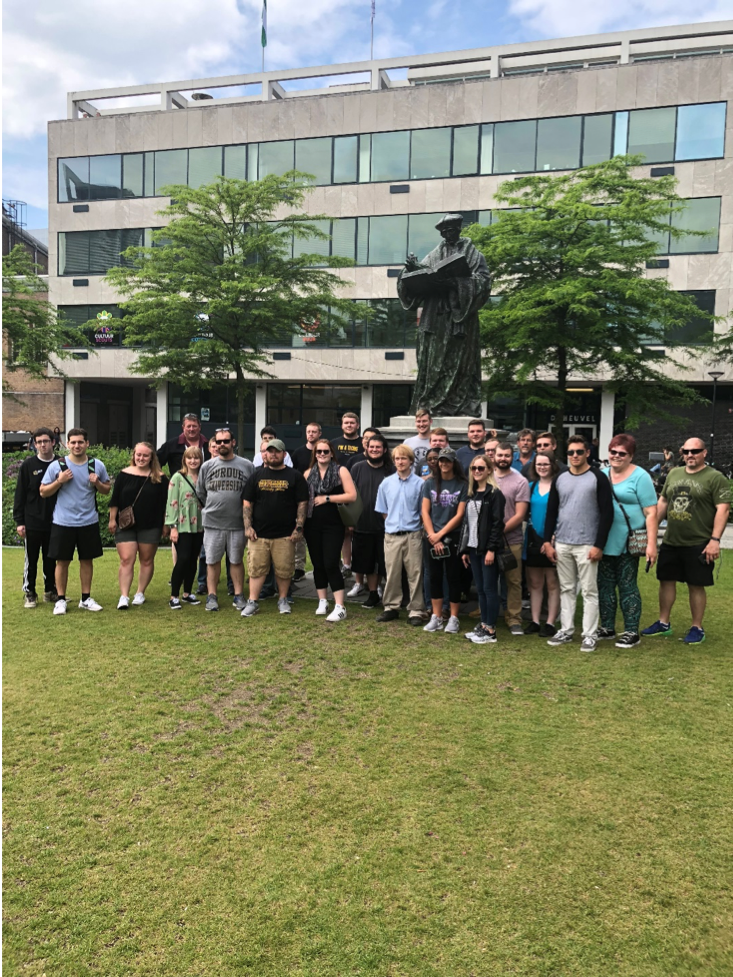
SEE THE WINDMILLS AT KINDERDYK
The Windmills at Kinderdyk are 19 windmills built in 1738-1740, originally intended to pump the excessive amounts of water out of the local village into a reservoir. Water from the Rhine River in Switzerland has long been a problem for the Dutch. Today they pay €250 per family in taxes for water management each year. It costs the country €5 billion annually to manage the water supply. In 2019, the Dutch decided to commercialize this area, so it now includes a €7 fee per person to see the windmills. Take the Metro on either the dark blue E-line or the light-blue D-line and get off at the Rotterdam Zuidplein, and then take bus 154 to Kinderdijk.

LEARN THE INTERESTING HISTORY OF THE CITY HALL OF ROTTERDAM
Built in 1914, the City Hall of Rotterdam (the Stadhuis op Coolsingel in Dutch) is one of the very few buildings in the city to survive the German bombing campaigns in World War II. It was no coincidence that City Hall survived the German bombs during the Rotterdam Blitz. German aerial precision strategically spared the City Hall and Post Office, since the records and data kept there would help them identify any supposed political enemies of Germany.

Outside of City Hall is the nearby Post Office, with visible bullet holes from when German soldiers invaded the buildings in the immediate aftermath of the Rotterdam Blitz. It’s no surprise that Sir Winston Churchill, hero of World War II and quasi-liberator of the Dutch, was displayed prominently at the Stadhuis op Coolsingel. However, many were surprised that American George Marshall was also displayed in an equally prominent position. George Marshall was a US Army veteran, Chief of Staff to two US presidents, and US Secretary of State (from 1947-1949). He won the Nobel Peace Prize in 1953. However, he is best known as the creator of the Marshall Plan, or officially the “European Recovery Program”, which provided American financing to build up war-torn European cities destroyed in the war.

TAKE A PHOTO WITH AN INTERESTING STATUE
The statue pictured below was intended to be a Santa Claus with a Christmas tree. The locals commonly refer to it by a different name. Take the Metro on either the green A-line, the red C-line, or the yellow B-line and get off at the Eendrachtsplein station.

SEE THE CITY FROM 96-METERS UP
The famous Rotterdam Euromast has a 96-meter high observation platform, or “crow’s nest”. Like Hamburg’s TV tower, this structure provides navigational guidance to its citizens and a beautiful view of the city from above. It was designed for the Dutch Floriade,an international festival held every 10 years. Take the Metro on either the light blue D-line or the dark-blue E-line and get off at the Slinge station.

WALK ALONG WITTE DE WITHSTRAAT
The Witte de Withstraat (named after Rotterdam’s 1871 Navy) is a gentrified street of cafes and galleries that connects the urban-planned Museum Park to the local Maritime Museum, which includes many busy restaurants, and boutiques and is next to MuseumPark (see picture below), an innovative outdoor space that includes many museums all in the same area. Take the Metro on either the green A-line, the red C-line, or the yellow B-line and get off at the Eendrachtsplein station.
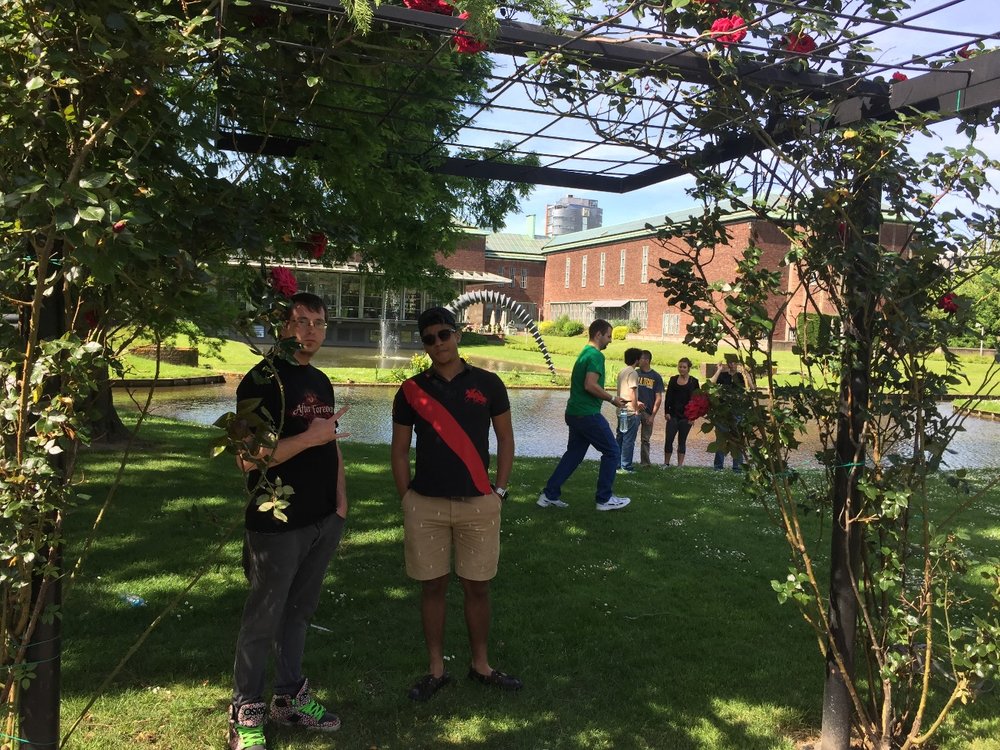
TAKE A DAY TRIP TO THE HAGUE
The Hague is the capital of the Netherlands and can make for a fun day trip. It is accessible via Rotterdam by public transportation. The Hague is also the home of the UN’s International Court of Justice. Just a short trip from The Hague is Delft, which resembles a typical Dutch town with its canals and quintessentially Dutch buildings, most of which are over 500 years old (see picture below). In Delft, the New Church (“Nieuwe Kerk” in Dutch) was constructed in the 12th century and its tower was constructed in 1356. William of Orange, who lived there in 1572, led the Dutch resistance in Delft against the Spanish in the Eight Year’s War, and was entombed there in a mausoleum in 1584. Delft is a quiet, slow-moving, quintessentially Dutch town that stands in stark contrast to the modern architecture and fast-moving style of Rotterdam. To get to Delft, take the Metro on the dark blue E-line and get off at Den Haag Centraal station, then take Tram 19 toward Station Delft.
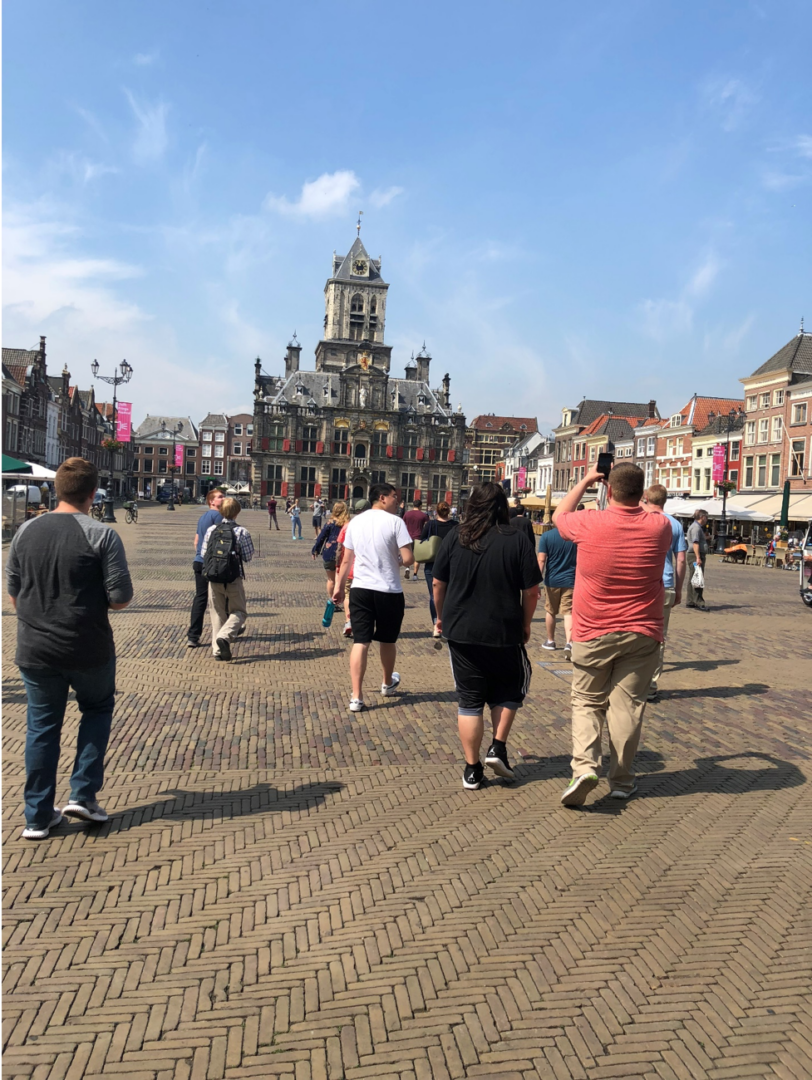
Thanks for joining me on my 12 day tour through Central Europe. If you missed it, head to part one through three of the trip where I explore Munich, Prague, and Hamburg.

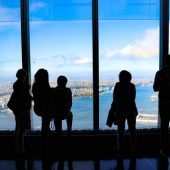
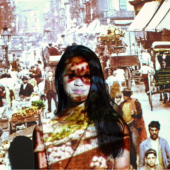

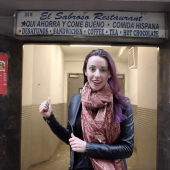
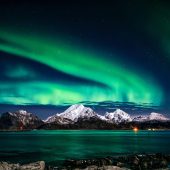
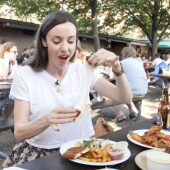


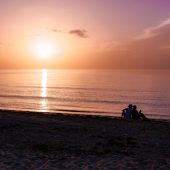

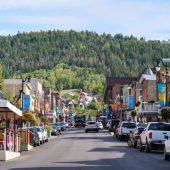
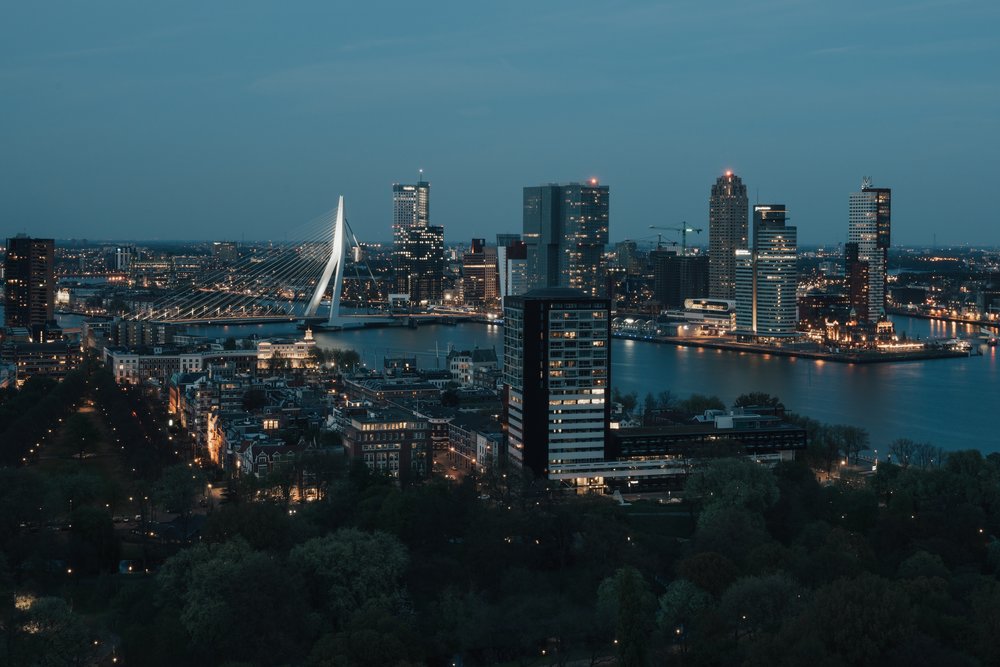
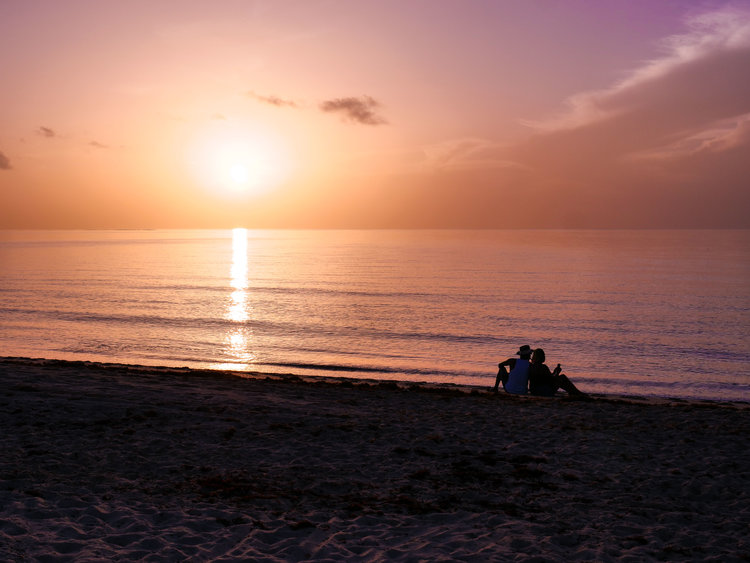
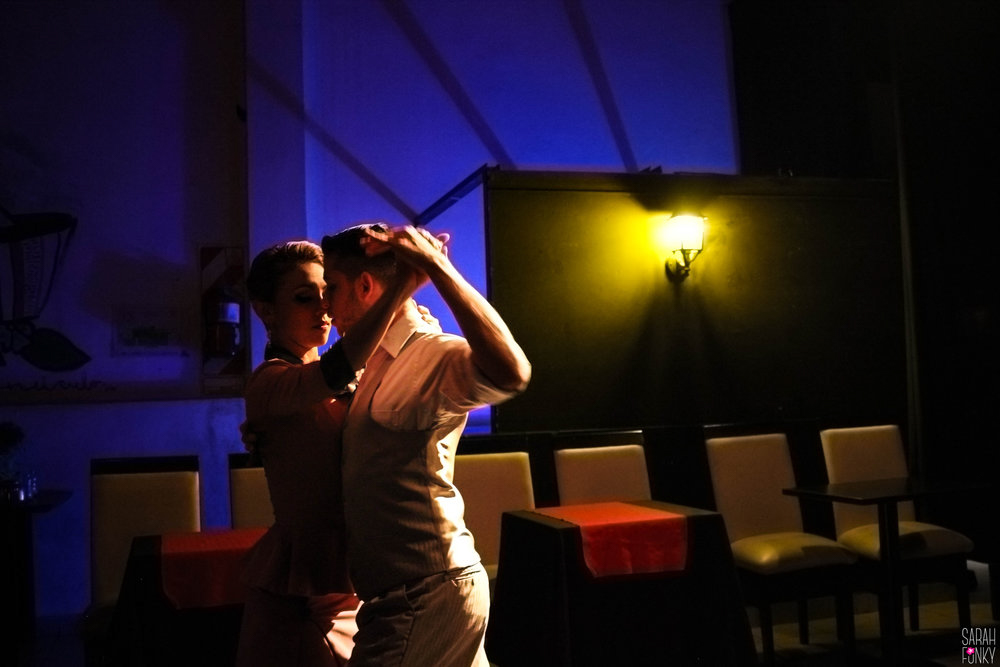
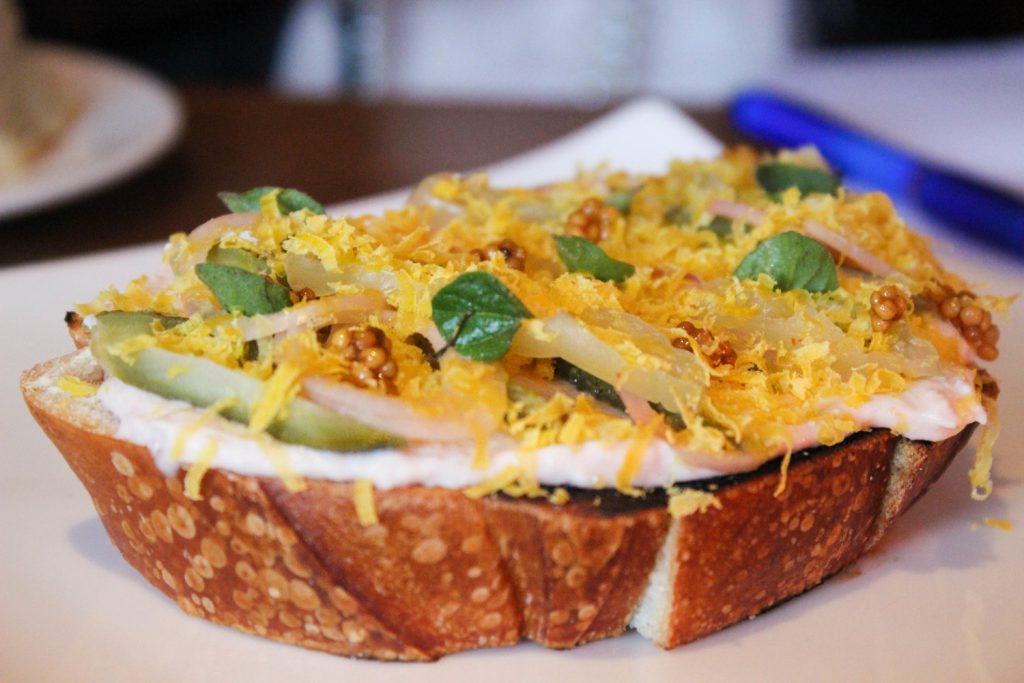
This site is protected by reCAPTCHA and the Google Privacy Policy and Terms of Service apply.